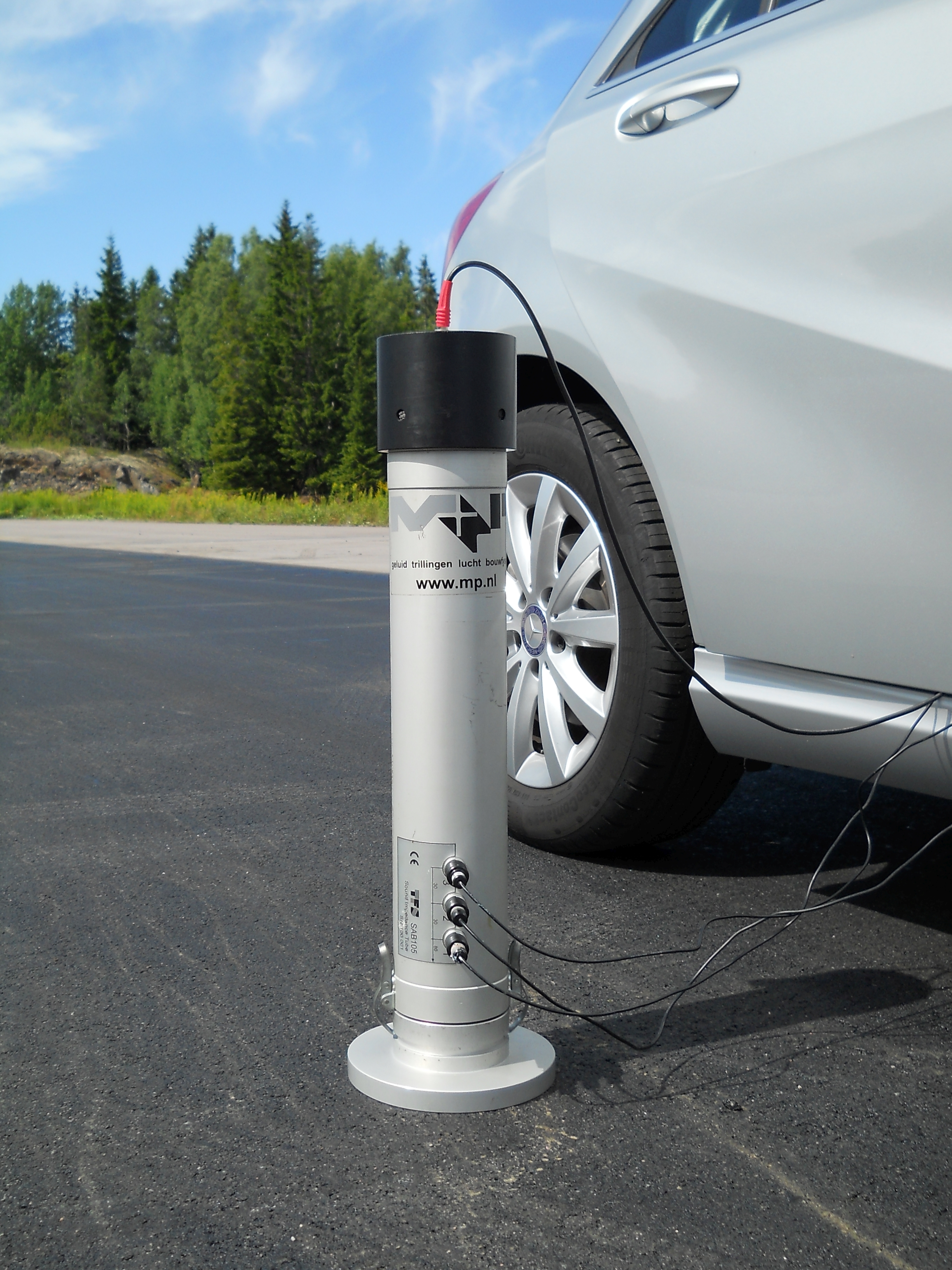Checking test track surface worldwide
Manufacturers from all over the world ask M+P to certify their test tracks: stretches of road surface to test whether new tyres or new vehicles are making too much noise. Advisors Wout Schwanen and MarkJan van Blokland: "We only know of a limited number of companies in the world that are able do this."
New vehicles and tyres are permitted to use the road only if they do not make too much noise on the road surface. To establish this fairly, any interference at the measurement location must be minimised. A global standard therefore applies to those measurement locations, known as test tracks: ISO 10844. But then who is checking to see if the test tracks of a tyre supplier, car or truck manufacturer meet that standard? Exactly: in many cases, that is M+P.
First order: General Motors
“It all started in 2010 with a request from General Motors to certify all their test tracks”, Wout Schwanen recalls. “We found that we were able to measure all different components. Consider, for example, texture - smooth road surfaces are quieter than rough ones. And the amount of absorption - open road surfaces like pervious concrete are common in the Netherlands and can be quieter than a closed road surface. We decided that this meant we could also do the certification of the test track as a whole. We submitted a bid and were awarded the order. This required us to travel all over the globe: General Motors has test tracks in Europe, the US, China, Australia and South Korea.”
Exciting moments
“The very first measurement was instantly memorable”, says MarkJan van Blokland. “When we woke up that morning at the test site in England, the track was covered in 15cm of snow. But for the measurements, the road surface had to be dry. Getting that done was an absolute chore!” This story triggers more memories. “In China, my local companion was once stopped by the police because he had an unpaid fine. Meanwhile, I knew my tourist visa technically wasn’t enough for me to carry out my work. Those 20 minutes were tense."

Challenge: bureaucracy
The bureaucracy in different countries is perhaps the biggest challenge. Sometimes you need a work visa even for just a few days of testing. Bringing equipment for a few days can also be very difficult. MarkJan: “When we first went to Brazil, I was on one side of the border and the equipment was stuck on the other. That's why I initially had to go back without accomplishing anything. It wasn't until a few months later that we managed to get the equipment on the right side of the border and I could finally get to working."
All in one case
Thanks to valuable lessons from such adventures, the formalities are now often completed faster nowadays. A good example is the increasingly compact nature of the equipment. Wout: “We chose small components and developed the necessary supporting software in-house. As a result, everything now fits into a single suitcase that you can carry on your own. There’s an added perk: we can check the collected data remotely immediately. While one consultant is still on the way back, the other is already coming up with a preliminary result.” MarkJan: “This flexibility allows us to do this work as a small player for many large companies worldwide. I think that’s amazing."